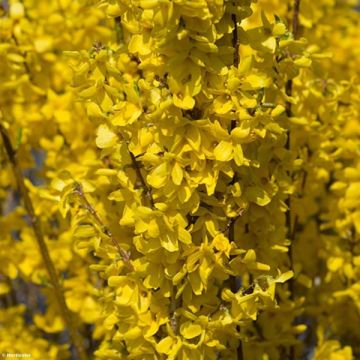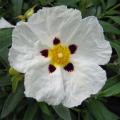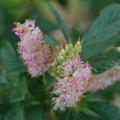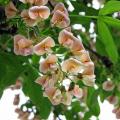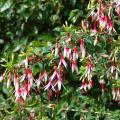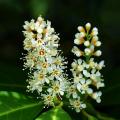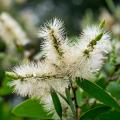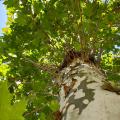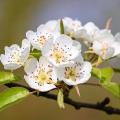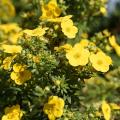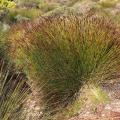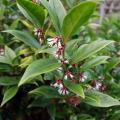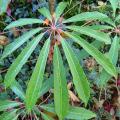Forsythia
Would this plant suit my garden? Set up your Plantfit profile →
Available in 3 sizes
Available in 3 sizes
Available in 2 sizes
Available in 1 sizes
Available in 3 sizes
Available in 1 sizes
Available in 1 sizes
Available in 1 sizes
Available in 3 sizes
Available in 1 sizes
Available in 2 sizes
Available in 1 sizes
Available in 1 sizes
Available in 1 sizes
Available in 1 sizes
Available in 1 sizes
Available in 1 sizes
Available in 1 sizes
Available in 1 sizes
Available in 1 sizes
Available in 1 sizes
Available in 1 sizes
Forsythias, with their extraordinary golden yellow flowering, represent the first smile of spring while being hardy and perfectly adapted to our climates. In the garden, they are often the first bushes to bloom. The seven Sino-Japanese species that make up this genus belong to the Olive family. These bushes are appreciated for their generous, bright, yellow or golden flowering, whether deciduous like Forsythia x intermedia, which needs no introduction, or semi-evergreen like Forsythia viridissima, one of its parents. The history of forsythias is as complex as their appearance is simple. Many cultivars vary in size, from tall bushes ranging from 2m (7ft) to 3m (10ft) in height to recent varieties selected for their spreading growth, such as Forsythia x intermedia Marée d'or courtasol. The discovery of F. x intermedia had a resounding echo in the horticultural world. It allowed the appearance and selection of new varieties in Europe as well as in North America. Free pollination seedlings revealed the significant variability of these plants' genetic heritage, whose natural reproduction mode is cross-breeding (they are self-sterile). To this day, despite constant research and ongoing improvement work, forsythias remain bushes with yellow flowering.
The cultivation of Forsythias is very simple. They thrive in all types of soil, although compost or fertiliser can improve their growth. They appreciate the sun and tolerate partial shade, although they are less floriferous in these conditions. The climate greatly influences their ability to flower: they require winter temperatures well below zero to induce their flower buds. Forsythias can be planted as free hedges in large flowerbeds, in borders if low or trained against a wall. They are perfect for bringing spring into the house in the form of bouquets of bare branches that can be picked while in bud.
Haven't found what you were looking for?






































